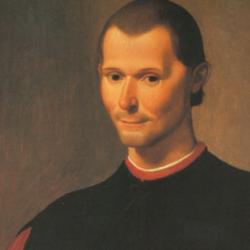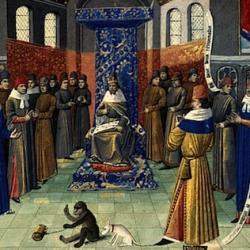Mark Garnett (The Snake that Swallowed Its Tail) identifies four core beliefs of liberalism: “that the individual ought to be treated as prior to society; that human beings are capable of rational decision-making; that rational people are worthy of equal respect; and that freedom is the best guarantee of individual fulfillment” (15).
Within this consensus, though, there are divergent tendencies, and Garnett summarizes Isaiah Berlin’s famous attempt to identify these under the heading of “positive” and “negative” liberty. In Garnett’s summary, “‘Negative’ liberty equates freedom with the absence of obstacles deliberately imposed by other people. By contrast, on the ‘positive’ view, freedom is only meaningful to an individual who possesses certain attributes and resources” (19).
Berlin’s typology helped explain why some liberals tended libertarian while other trended toward statist solutions, both declaring their commitment to liberal freedom all the while. Berlin’s discussion makes sense in a Cold War context. As a contribution to British politics, however, it left much to be desired, partly because Berlin misconstrued the relation of theory and practice: “As far as the [British] state was concerned, the battle of ideas had already ended in a typical compromise, leaving both the ‘negatives’ and the ‘positives’ dissatisfied. As soon as the franchise was extended beyond the middle classes it was no longer realistic for politicians to embrace the crude laissez-faire theory suggested by the ‘negative’ view of liberty. But although the state extended its activities . . . . it did so within definite limits. A redistributive income tax was now as inevitable as death, and partially financed a network of institutions which provided sustenance ‘from the cradle to the grave.’ But even before the reforms of the Thatcher era, the tax regime permitted accumulation beyond the conceivable needs of an individual; and the welfare state has always been limited enough to ensure that only the exploits of a criminal mastermind could guarantee a comfortable life on its proceeds” (21).
Garnett offers an alternative sketch of forms of liberalism, which he describes as “fleshed out” and “hollowed out”: “The former retains a close resemblance to the ideas of the greatest liberal thinkers, who were optimistic about human nature and envisaged a society made up of free, rational individuals respecting themselves and others. The latter, by contrast, satisfies no more than the basic requirements of liberal thought. It reduces the concepts of reason and individual fulfillment to the lowest common denominator, identifying them with the pursuit of short-term material self-interest. For the hollowed-out liberal, other people are either means to an end, or obstacles which must be shunted aside. Instead of an equality of respect, this is more like equality of contempt” (8).
We are living, he says, in a culture shaped by hollowed-out liberalism, and it is caught in a vicious, cannibalistic cycle: Hollow liberalism is snake that eats its tail. Garnett writes, “It is doomed by its combination of insulting presuppositions about human nature, and an inability to look beyond short-term interests. Its internal logic makes it grasp at expedients which only make things worse. Thus senior politicians respond to voter apathy with spin, sound-bites, and slurs on their opponents [he was writing before the 2016 US Presidential election!]. Newspaper editors worried about falling circulation dig deeper into the private lives of celebrities, eroding public interest in the celebrity culture with provides them with most of their ‘news.’ And in their quest to ensnare the hollow viewer, television executives commission a stream of ‘reality’ programmes which prove that reality in a hollow society is irredeemably tedious and unwatchable” (10).
Garnett warns that his book is polemical rather than systematic, and it is. Like all polemics, it is over the top at points. Still, the polemic stings. We are the hollow men. We are the stuffed men.















